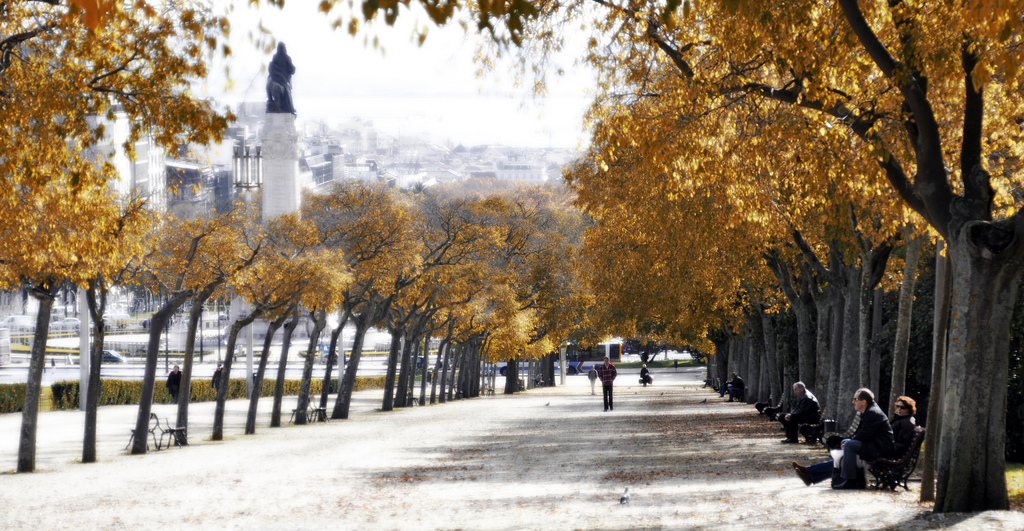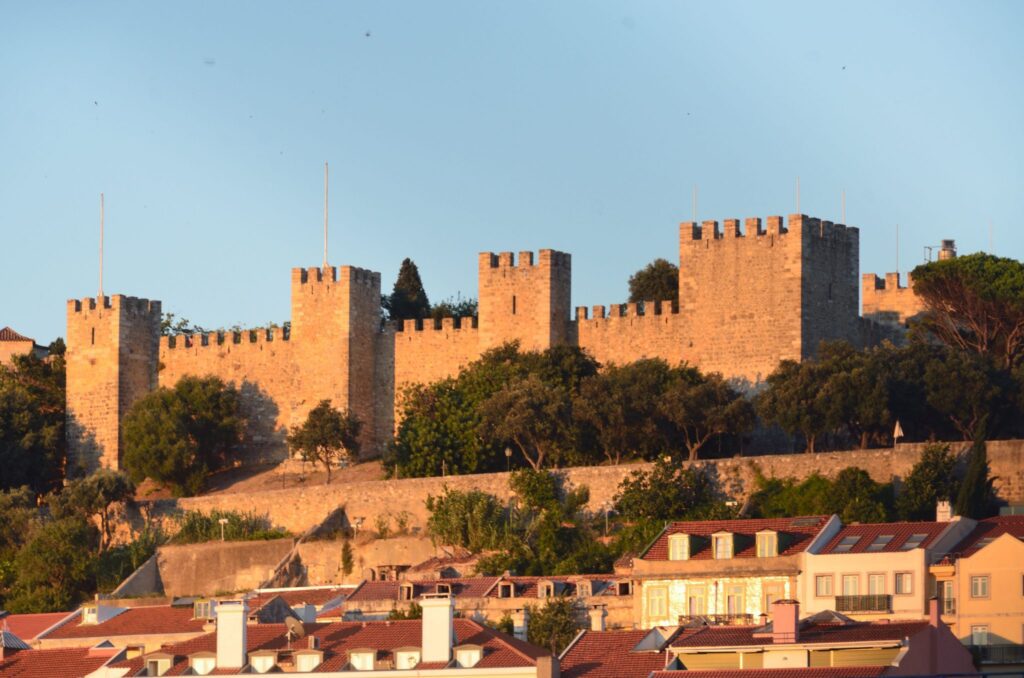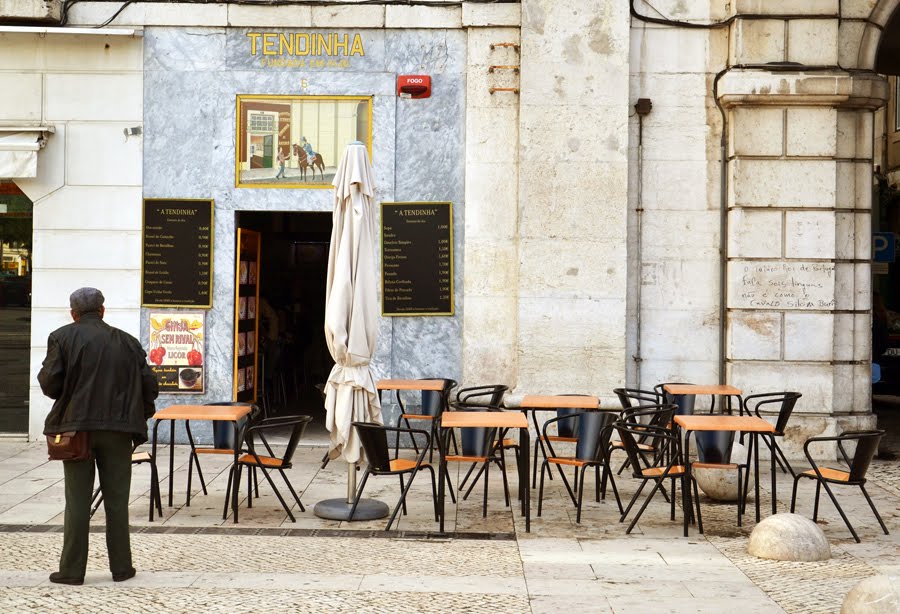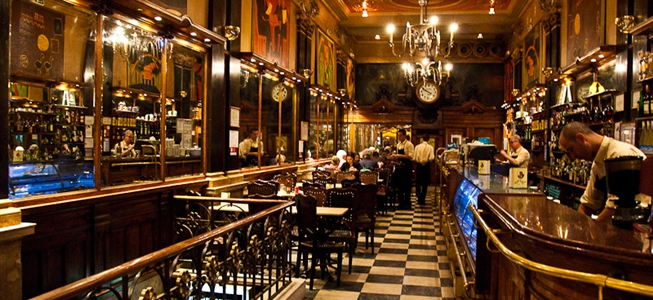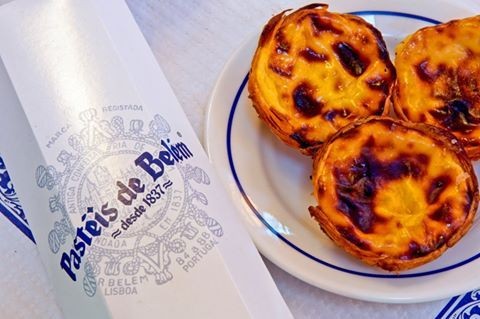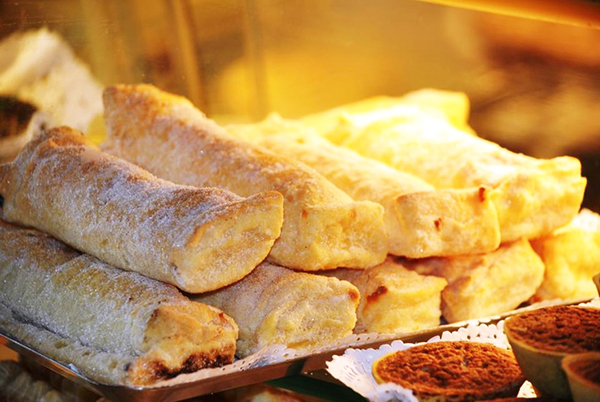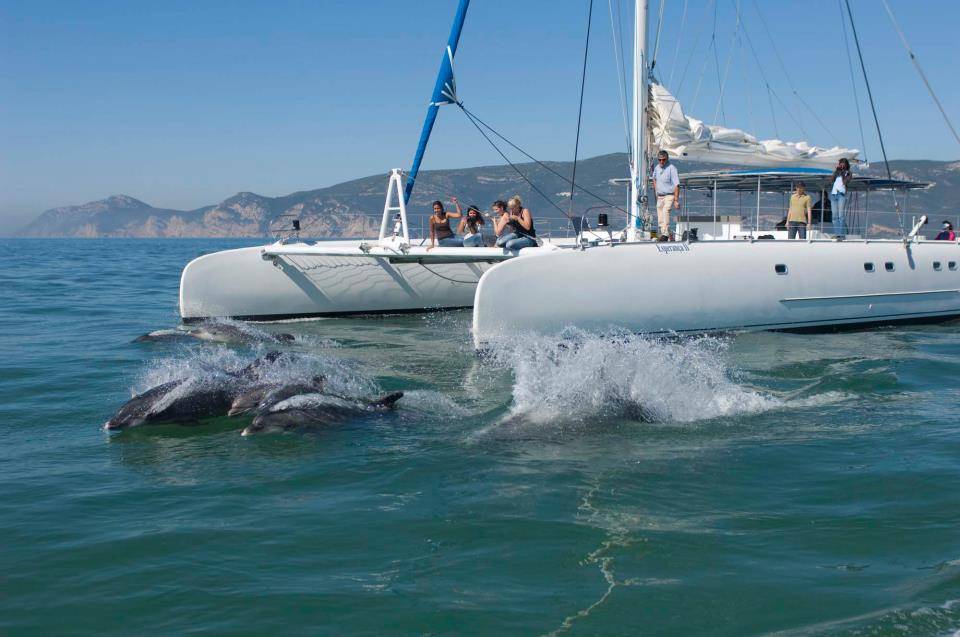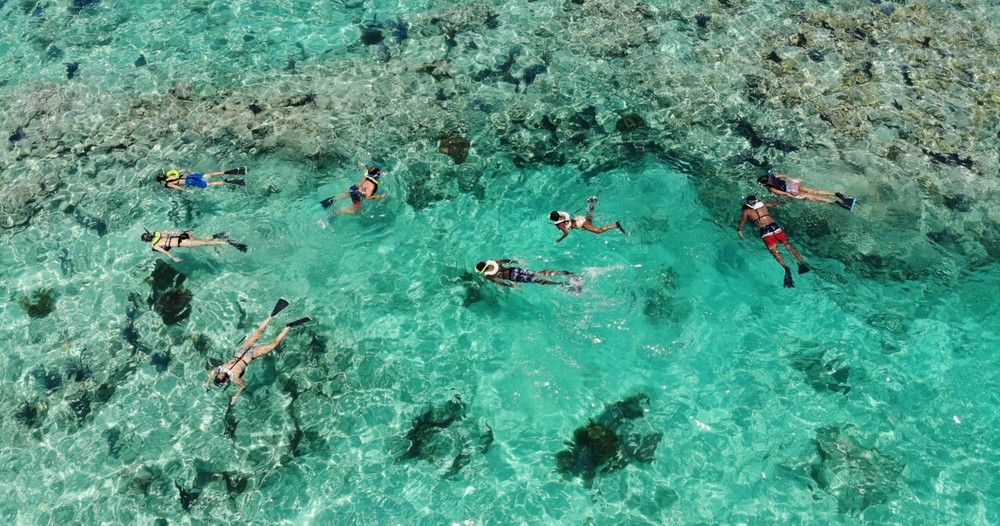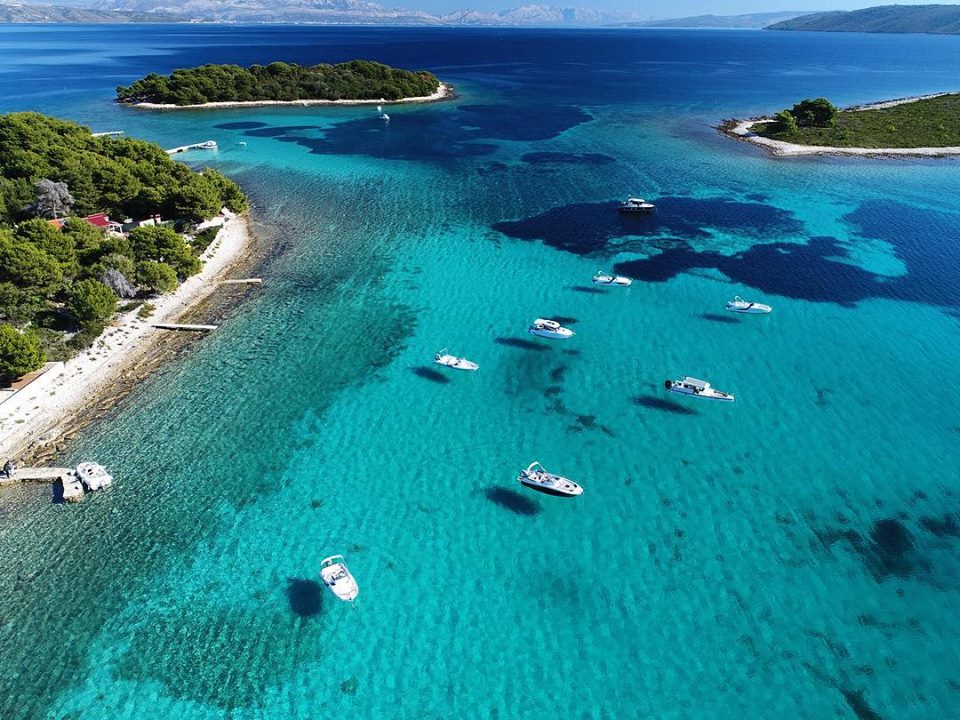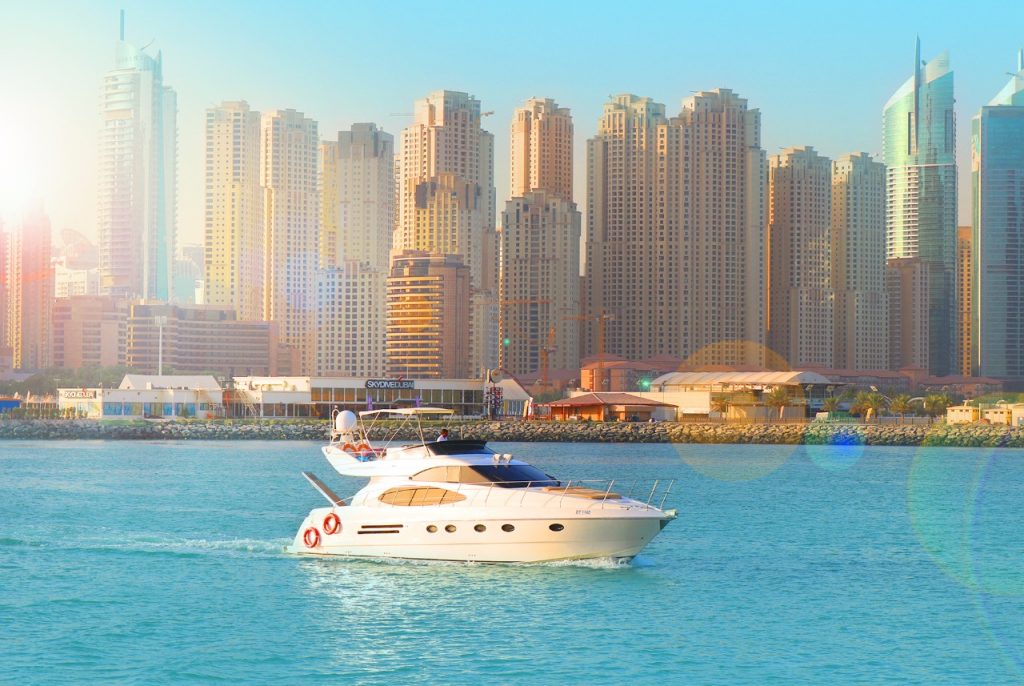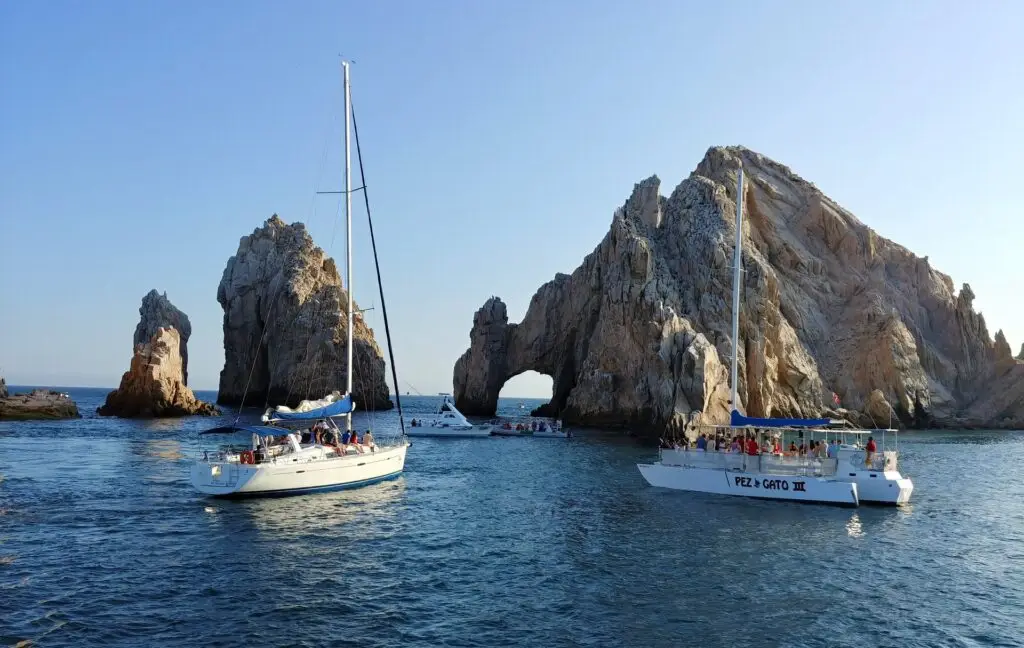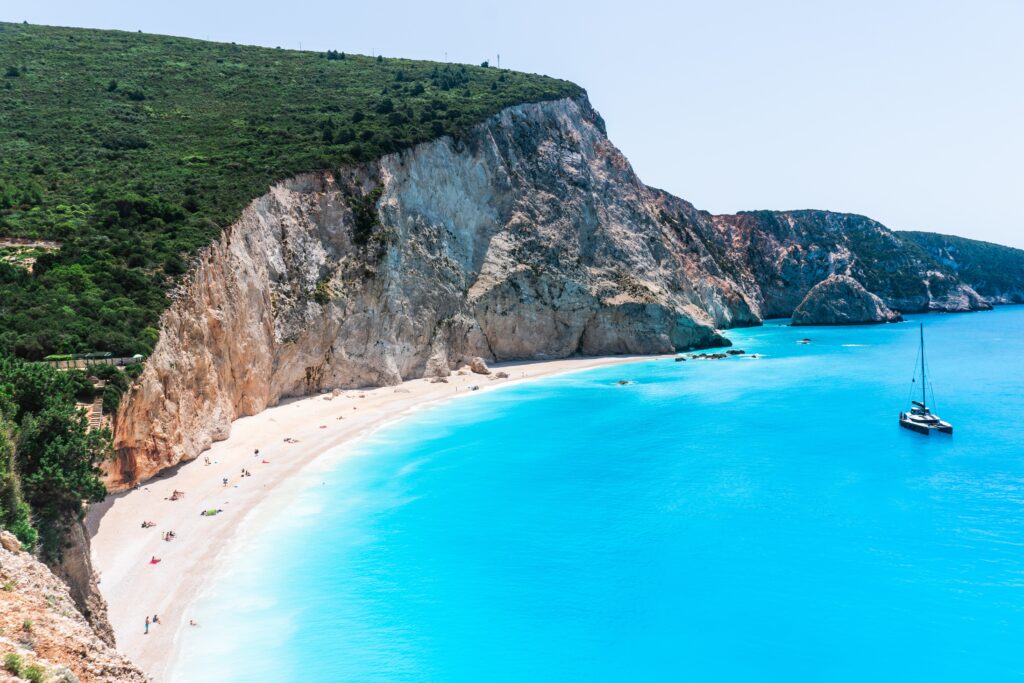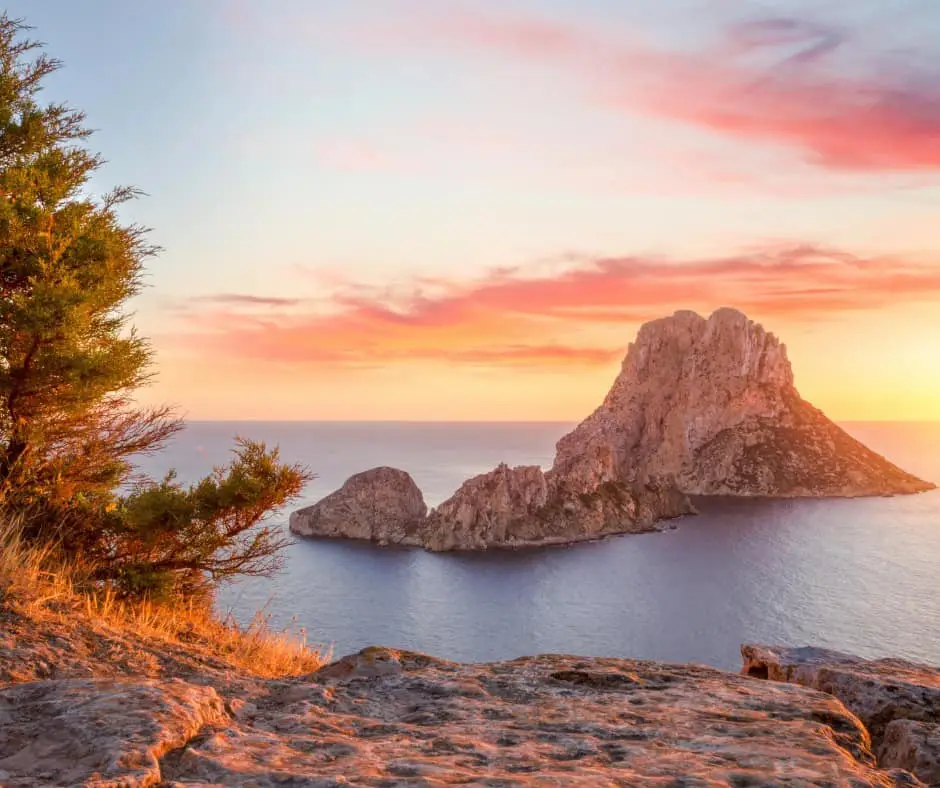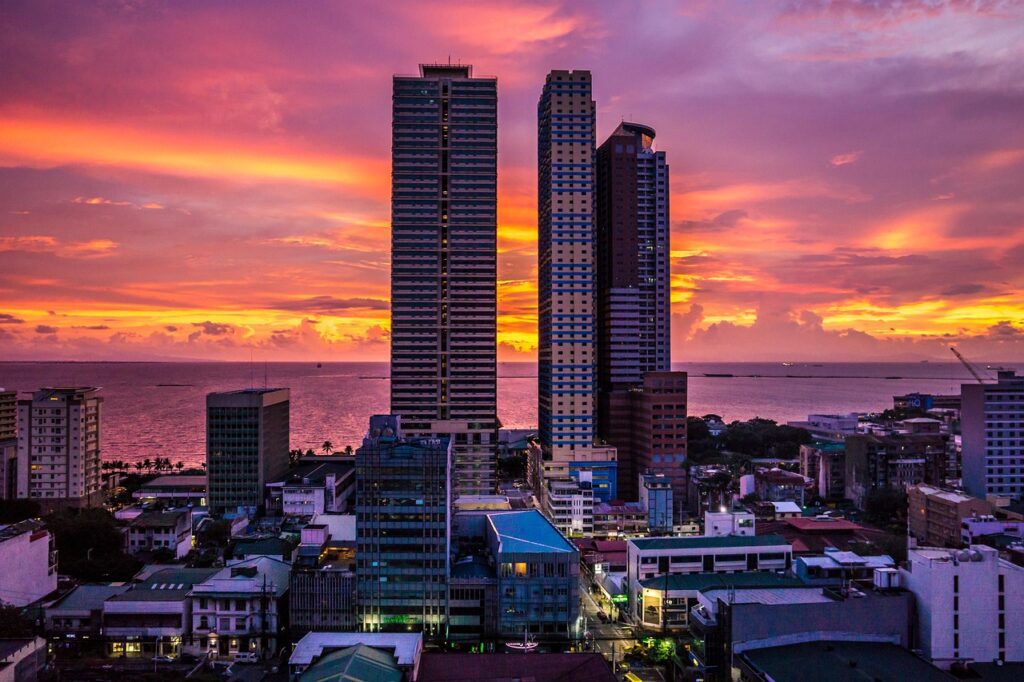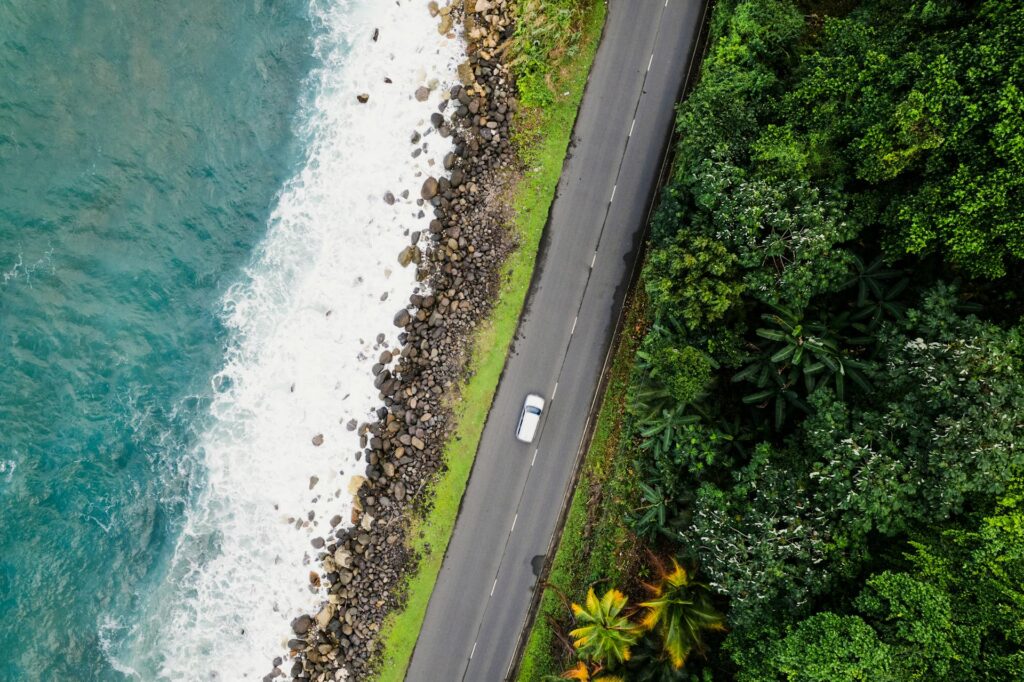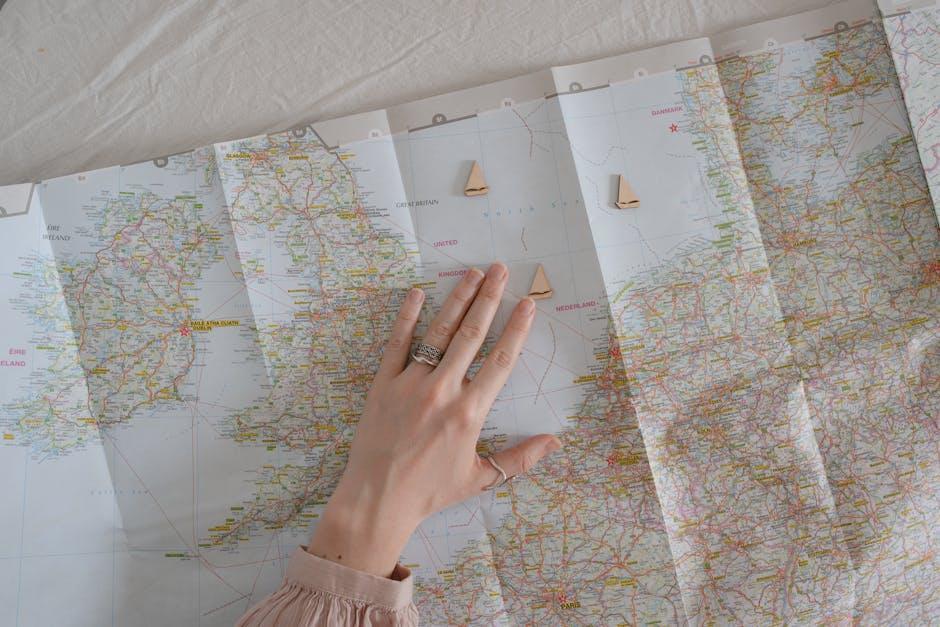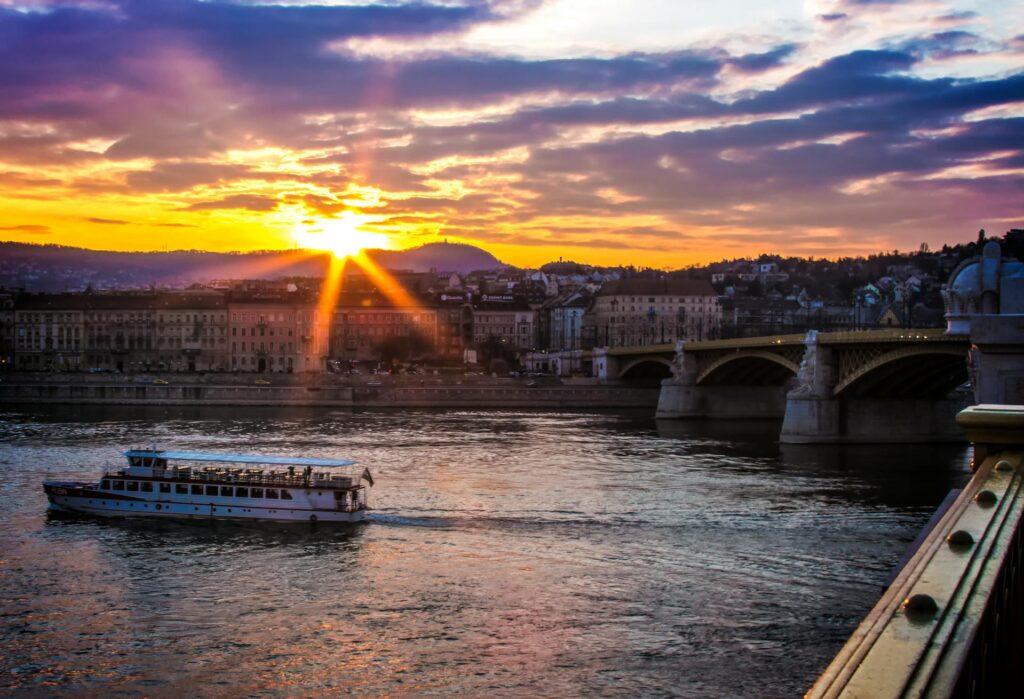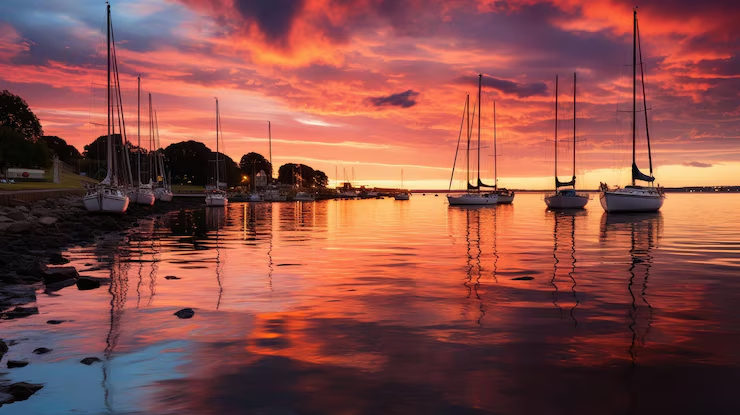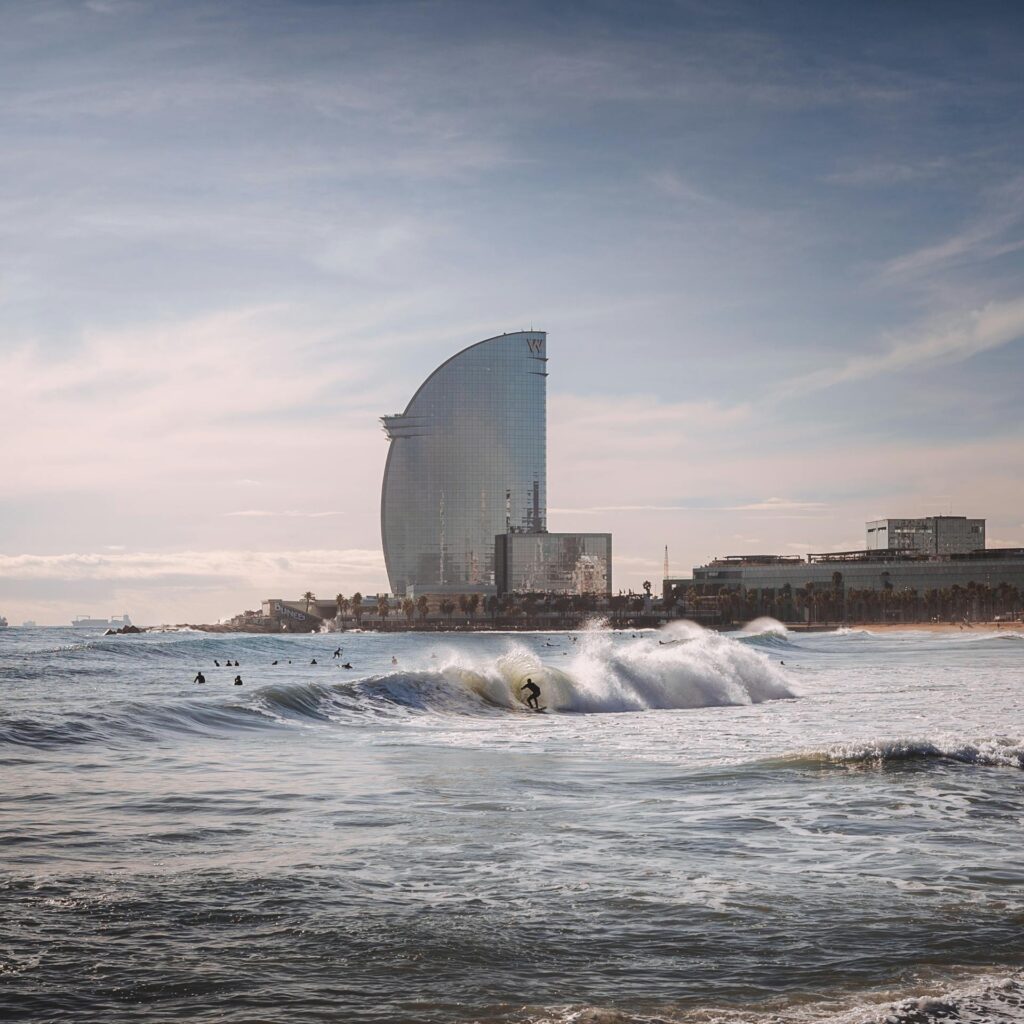Why holidays in Lisbon during the fall?
Summer has come to an end. You’ve probably already been on holidays this year, but why not go again?
In between summer and Christmas, is a great time to go on holidays, even if it is only for a few days. In this article we will share why we think Portugal is a great holiday destination during autumn.
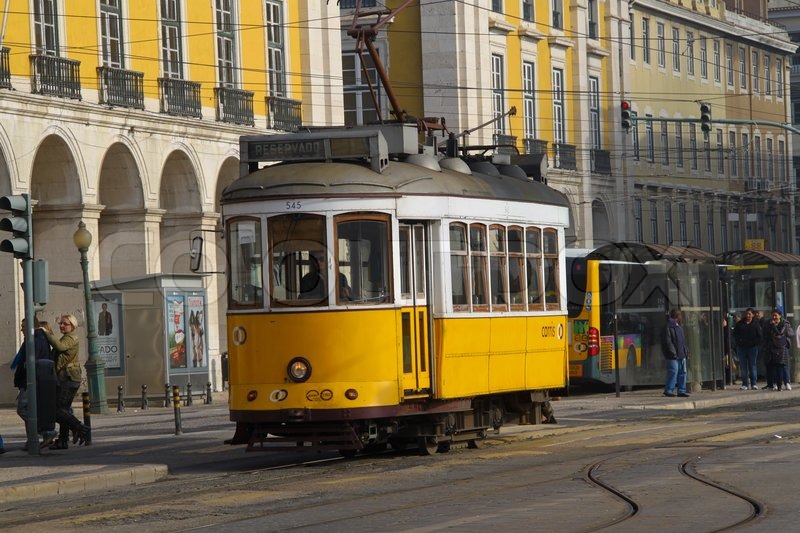
High season in Portugal is, with no doubt during the summer months of June, July and August. September can be quite busy still to. When October arrives, the flow of tourists decreases a lot.
In the Algarve, during the months of October and November it is usually very quiet and then in December, some people come over to enjoy a warm Christmas and New Year. In Lisbon and other regions of the country, which are less depended on coastal tourism, you’ll continue to see some city-break travelers around.
There are several advantages to travelling to Portugal during the fall:
• First of all, money. Everything is cheaper. Let’s start with the flights, low cost airlines like Ryanair, EasyJet and Transavia fly from most European airports to Lisbon, Porto and Faro. As soon as high season finishes, so after September, rates drop drastically before rising again during the Christmas holidays. You can already book a return flight from major European airports to Portugal from 100€ and sometimes even less! Things to do in Lisbon.
• Also accommodation and car rentals are much cheaper during low season. In some cases, prices can even fall to half. In the most touristic regions, like in the Algarve for example, even restaurants may become cheaper during the low season.
• Local people tend to be friendlier. It’s a fact, we notice this quite clearly. For local people, like people from the restaurants, taxi drivers or touristic guides tend to be nicer and friendlier during low season. The reason why is quite simple. There’s less stress and less hectic situations (in restaurants, traffic or tourist attractions) and as such people have more time to dedicate to you.
• No queues. As mentioned before, during fall there are not many tourists anymore, which is great for travelers who do not like massive tourism and hectic situations. If you travel to Portugal during fall, you can expect no queues for touristic attractions and no overbooked tours. Regarding tours and activities, we still recommend you to book in advance, not to avoid overbookings, but to make sure the tour or activity wanted will actually take place.
• Empty beaches. For nature lovers, this time of the year is great. The stunning beaches of the Portuguese West coast become even more stunning when they’re not packed with people.
• For the ones who like trekking, hiking or trail running, fall is great because the trails and sights are more beautiful and the weather is more pleasant for exercising.

• The weather. Ok, if you’re looking for a beach holiday, autumn in Portugal might not be the ideal plan, but to wander around a city or to discover new places it is. Summer in Portugal can be very hot, sometimes too hot for certain activities.
During fall, weather is milder and can be ideal for outdoor activities as long as is does not rain. The autumn climate in Portugal really depends on the region. The Algarve is usually milder than Coimbra, for example and the North can be chilly and wet.
• For surfers, fall and winter is the best time to enjoy Portuguese waves. In fact, for surfing, waves usually are better during this time of the year, both on the South coast of the Algarve and the whole West coast.
Even on the islands of Azores and Madeira, waves are better during the fall/winter season. Another reason why surfing in Portugal is better this time of the year is the crowd. In summer, many tourists try surfing for the first time and the waves of Portugal become rather crowded.
During the fall, we recommend you to go to Lisbon and from there you can also explore Sintra, Cascais and Setúbal. These three cities are very close to each other, only 45 minutes by train or car.
Things to do in Lisbon Portugal
Lisbon is the ideal destination for a city break during the fall. There are many things to do in Lisbon, even when it is rainy. In our opinion, if you’ve only got a few days to spend in Lisbon, don’t spend your time in Museums, except if you’re into to some particular topic, but spend your time on the streets. Lisbon’s street are a museum itself.
Lisbon has got a strong history. By the fifteenth century, Lisbon was the capital of the Portuguese expansion. This era is also known by the Discoveries. The Portuguese had exceptional navigational expertise at the time and had set up trading routes round half the world.

In 1498, the Portuguese Vasco da Gama sailed from Belém, Lisbon, to discover the sea route to India. Sixty years later, Lisbon controlled ports from Brazil to Macau, becoming one of the wealthiest cities in Europe. With such an abundance of richness, Lisbon was able to fund extravagant buildings such as the Torre de Belém (Belém Tower) and the Mosteiro dos Jerónimos in Belém. Also the emblematic palace at Terreiro do Paço dates back from then, even though, reconstructed after the Great Earthquake of 1755.
Wealth seemed endless in Lisbon with newly discovered gold in Brazil, yet this second “golden age” ended abruptly with the Great Earthquake of 1755. Marquês de Pombal rapidly rebuilt the city. Since then, the “Baixa” (downtown), is grid-patterned.
After the Earthquake, Lisbon never recovered its economic clout. Nowadays Lisbon flourishes as a great holiday destination and also among European exchange students (Erasmus), Lisbon is very popular thanks to it low costs of living, great climate, awesome parties, location near to the beach and worldwide recognized universities.
Alfama
Alfama is one of the most original and authentic “Bairros” (neighbourhoods) of Lisbon, being its oldest. It lays the slope between the São Jorge Castle and the Tagus River. If you like walking, we recommend you to put on your walking shoes and get lost in the narrow streets of the idyllic part of the city.
By foot is surely the best way to explore Alfama, but be prepared for many hills and stairs. It might be a tiring walk, but it’s surely worth it, as you’ll find many hidden squares and breath-taking viewpoints.
Eat a local pastry and a “bica” (expresso) in one of the local cafes to recover and stay until later and have dinner in one of the many Fado Restaurants. Fado is the local music, rather melancholic, and Alfama is the place to listen to it in Lisbon while enjoying a typical Portuguese meal and wine. We recommend “Mesa de Frades” and “Bela Vinhos e Petiscos”.
Fado restaurants are usually a little bit more expensive than normal ones but so worth it. In most of the cases Fado singers start singing late, at about 21h30 or 22h, so don’t be too early in the restaurant and book a table to assure your seat.
Castelo de São Jorge
The São Jorge Castle is located on top of one of Lisbon’s Seven Hills. It is a Moorish castle occupying a commanding hilltop with a beautiful view over the historic centre of the city of Lisbon and Tagus River. The Castle is characterized by its fortified citadel and dates from medieval period of Portuguese history. The Castle is surely one of the main tourist sites of Lisbon.
If the Castle could speak, it would have a lot to tell – it was home to the Visigoths in the 5th century, in the 9th century it passed to the Moors, to the Christians in the 12th century and royals from the 14th to 16th centuries.
The Ulysses Tower is one of the main attractions of the Castle. Its “camera obscura” offers a unique 360-degree angle on Lisbon. Beyond the views, there are also a few galleries displaying relics from past centuries.
To go up to the castle and to explore the Alfama neighborhood, we suggest you to take the tram 28. Even if you don’t actually know where to go or what to do and are tired of walking, hop into this tram and let it take you around Lisbon. Its route is circular, so at some point, you’ll get back to where you started. It’s real fun (if the tram is not too full). Be careful with pickpockets.
Bairro Alto
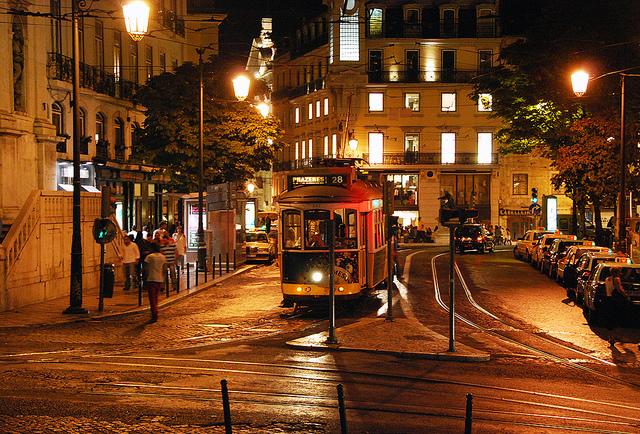
Bairro Alto is one of the hippest districts of Lisbon, it lies on the opposite hill of the one of the Castle, being separated by Rossio square. In Bairro alto, during the day, you’ll find many small boutiques that sell unique pieces of super trendy clothes, second hand vintage shops or tattoo shops.
You can also find cosy coffee shops for the rainy days. By night, Bairro alto is popular to go out for dinner, grab a nice pizza or spend the night in a Fado restaurant, everything is possible here. Almost every day of the week, after 23h00, Bairro Alto starts to become a busy place for drinks.

Many small bars open their doors and people tend to grab a Caipirinha or a beer and drink on the streets. Bairro Alto is friendly to all kind of tastes, there is an “Erasmus Corner”, a “Gay Street”, karaoke bars or Latin bars. Here you can eat some tapas and taste the best cocktails in town while enjoying live music in a very cosy environment.
Rossio
Rossio is the main square of the Portuguese capital. It’s surrounded by Portuguese restaurants and by one of the main theatres of Lisbon, Dona Maria II. The beautifully paved square, with typical Portuguese “calçada” had two beautiful fountains. Rossio is the location of one of our favorite “tascas” (small local restaurants), “A Tendinha”. Here, you can quickly grab a delicious soup for lunch with some nice pastries and a glass of red wine. Things to do in Lisbon.

Chiado
Chiado is one of the poshest neighbourhoods of the city. In between Rossio and Bairro Alto, Rua Garret is very popular for shopping. Here you’ll find international fashion stores like H&M and Zara but also local boutiques that occupy the stunning buildings.
To rest between all the shopping, you must have a coffee at “A Brasileira”, where Fernando Pessoa, a Portuguese poet used to get inspires.
If feel like something sweet, grab one of the best croissants at “Benard” or an ice-cream at “Santini”. Chiado is nice to take a walk after dinner and enjoy the animation by some street artists.

Praça do Comércio
The Praça do Comércio (Commerce Square in English) is located in between the city center, Rua Augusta and the Tagus River. The square is still commonly known as Terreiro do Paço because, until it was destroyed by the great 1755 earthquake, it was the location of the Paços da Ribeira (Royal Palace). After the earthquake, the square was completely remodelled as part of the rebuilding of the Pombaline Downtown by Marquês de Pombal, the Minister of the Kingdom of Portugal from 1750 to 1777.
Several restaurants are nowadays located around the square. We recommend to grab a beer and a “Picapau” (small pieces of meat) with bread at the Beer Museum. Also, enjoy the view by the river where you can usually find some street artists playing music.
Avenida da Liberdade
Avenida da Liberdade (Avenue of Freedom) is the beautiful avenue that connects Restauradores (next to Rossio square) to the Marquês de Pombal roundabout.
This avenue is where all the fashion design shops are located. You can find Gucci, Dolce and Gabanna and some Portuguese designers. It’s worth it to walk up on one side and down on the other for some window shopping.
On your way you can grab a drink on one of the many kiosks or at the São Jorge Cinema, one of our favourite spots for coffee after dinner.
Museu Gulbenkian
The project for the Calouste Gulbenkian Foundation and Museum was launched in 1969. The foundation of the museum was founded according to Calouste Gulbenkian’s last will, to accommodate and display Gulbenkian’s art collection belonging nowadays to the Foundation of Calouste Gulbenkian. The Calouste Gulbenkian Museum is a museum in Lisbon that contains a beautiful collection of, mostly ancient bus also some modern, art.
The museum itself is worth a visit but also the gardens around it are spectacular and a popular place for Portuguese families to go for a walk and feed the ducks.
Belém
Belém is a neighborhood in Lisbon’s West. It’s a very popular place for tourists two visit, many due to four main attractions that it hosts, in between beautiful gardens and typical buildings:
– Mosteiro dos Jerónimos
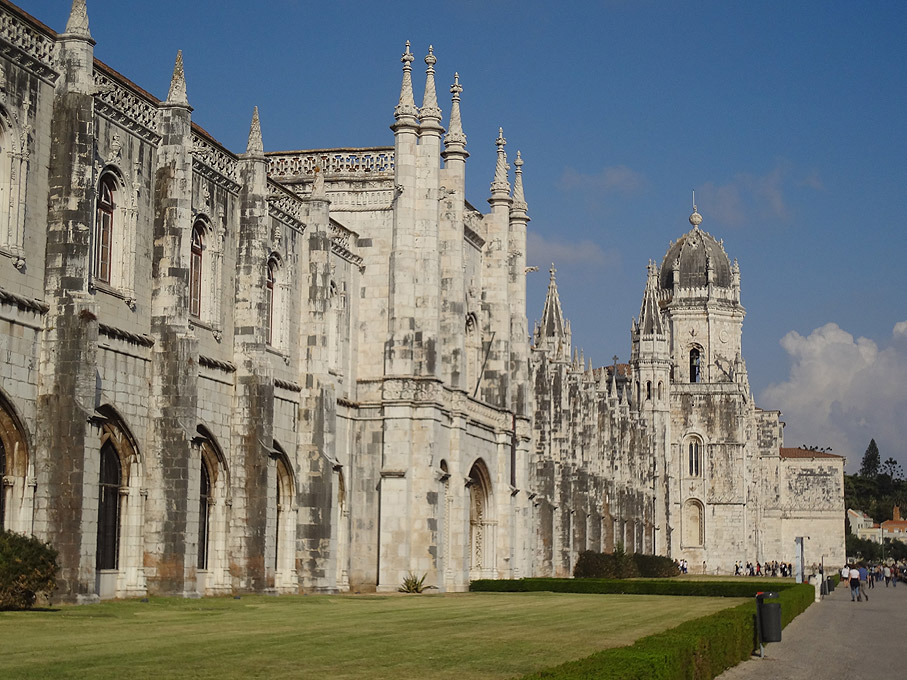
The Jerónimos Monastery is a monastery of the Order of Saint Jerome. It is one of the most noticeable examples of the Portuguese Gothic Manueline architectural trends in Lisbon. In 1983, the Monastery was classified a UNESCO World Heritage Site, along with the nearby Tower of Belém.
– Belém Tower
The Belém Tower is a fortified tower which is a UNESCO World Heritage because of its important role in the Portuguese Discoveries. The tower was commissioned by King João II to be part of a defense system and a ceremonial entrance to Lisbon at the mouth of the Tagus River. As such, the tower was built in the early 16th century and is another prominent example of the Portuguese Manueline style along with other architectural styles.
– Padrão dos Descobrimentos
Also known as the Monument to the Discoveries, this monument celebrates the Portuguese Discoveries (or Age of Exploration) during the 15th and 16th centuries. Along with the main statue of Henry the Navigator, on both sides of the ramps of the monument are a total of 33 figures from the history of the Discoveries, like Vasco da Gama (discoverer of the sea route to India and Pedro Álvares Cabral (discoverer of Brazil).
– Pastéis de Belém
No words can describe how delicious these typical pastries are. Please just go to Belém an try them.
Parque das Nações
The modern Lisbon parish of Parque das Nações was established in 2012. It’s a leisure, commercial, and residential area since the 1998 World Exposition (EXPO ’98).
Parque das Nações is located in north-eastern Lisbon next to the Tagus estuary, one of the biggest and diverse estuaries of the European Continent and formerly used for mainly industrial purposes. Nowadays, Parque das Nações hosts one of Portugal’s most modern Marinas.
There are several things to do in Parque das Nações, you can go for a walk or a run along the stunning promenade to enjoy the views over the Vasco da Gama Bridge, Vasco da Gama Tower, the São Gabriel and São Rafael twin towers and the Marina. You can enjoy a concert in the huge Atlantic Pavilion concert hall or go to an event of congress in FIL.
If you appreciate nature and the ocean but the weather does not allow for a boat ride or other ocean-related activity, the Oceanarium is the place to go. The Lisbon Oceanarium is a large-scale aquarium presenting an ocean habitat with marine animals, especially large ocean dwellers such as sharks.
Parque das Nações is home to Lisbon’s Casino – “Casino Lisboa”. The Casino is a very modern building with an Arena Lounge and three Gambling Bars. Even if you don’t like gambling the “Cascino Lisboa” is definitely worth a visit to have dinner or to enjoy a show or concert. “Casino Lisboa” is open every day from 15h to 03h. On Fridays, Saturdays and holiday eves, the casino is open from 16h to 04h, so you can enjoy until a little later.
For the shopping fanatics, Parque das Nações hosts one of the major shopping malls of Lisbon, Vasco da Gama Shopping Mall. The modern building has got an enormous supermarket, many international brands and smaller boutiques and a food court.
Things to do in Sintra
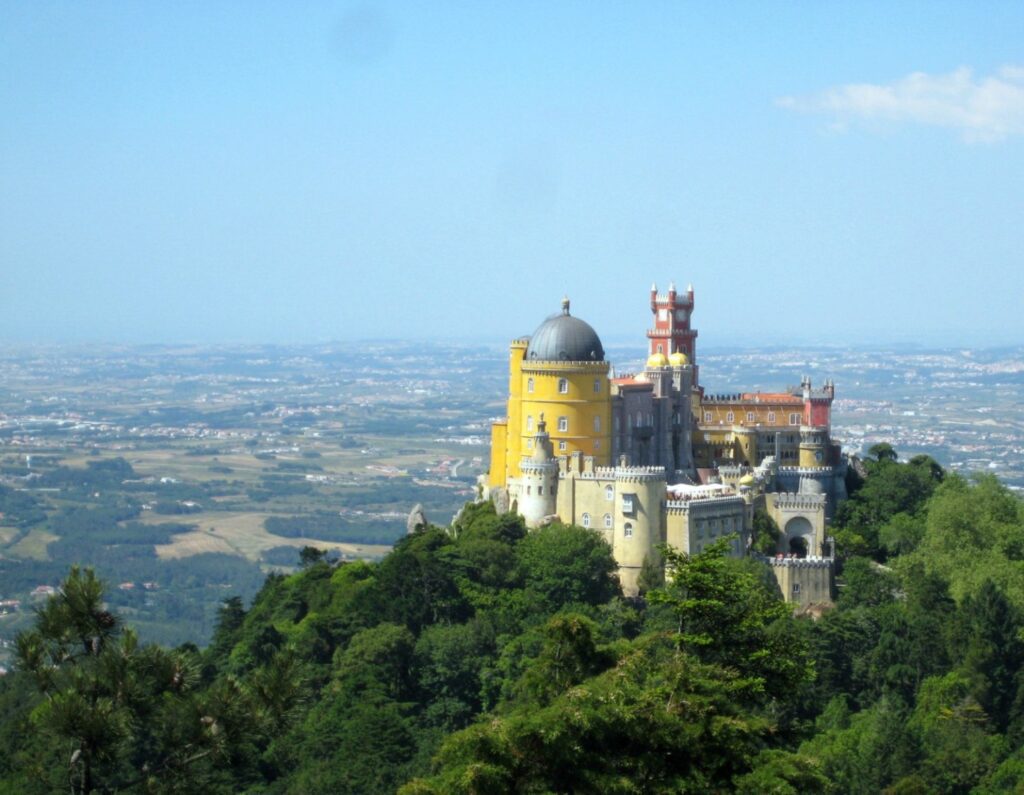
Sintra is a magical village located about half an hour drive from Lisbon (there’s also a train that departs from Rossio Train Station).
Sintra is known for its uncountable 19th-century Romantic architectural monuments, like palaces and stunning villas. In fact, Sintra is classified as a UNESCO World Heritage Site.
Although Sintra’s heritage in architecture and nature is the most evident face of the historic individuality of Sintra, a whole literary heritage has made the region a mythical reference in Portuguese culture. It has become a major tourist attraction, visited by many day-trippers who travel from Lisbon.
In addition to the Sintra Mountains and Sintra-Cascais Nature Park, the parishes of the town of Sintra are rich in royal retreats, estates, castles and other buildings, including the mediaeval Castle of the Moors (“Castelo dos Mouros”), the Pena National Palace and the Sintra National Palace.
For the ones who like hiking, we recommend the Sintra Mountains with a broad variety in flora thanks to the local micro climate. The mountains are a granite massif of ten kilometres long – considered the Monte da Lua (Mountain of the Moon), due to the strong local tradition of astral cults.
The mountains have got several walking routes or you can go for a run with a local guide to discover the hidden trails.
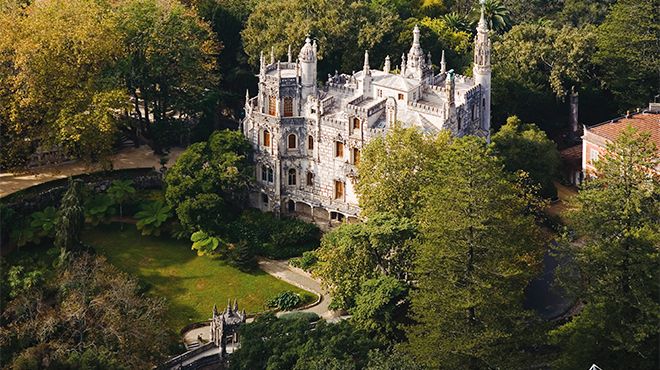 For us, the essence of Sintra can best be felt in Quinta da Regaleira. Quinta da Regaliera is classified as a World Heritage Site by UNESCO within the “Cultural Landscape of Sintra”. Along with the other palaces in the area, this is one of the principal tourist attractions of Sintra.
For us, the essence of Sintra can best be felt in Quinta da Regaleira. Quinta da Regaliera is classified as a World Heritage Site by UNESCO within the “Cultural Landscape of Sintra”. Along with the other palaces in the area, this is one of the principal tourist attractions of Sintra.
The property consists of a romantic palace and chapel, and a luxurious gardens that feature lakes, grottoes, wells, benches, fountains, and a vast array of exquisite constructions. Feel the mystery of Sintra!
After exploring Sintra, don’t forget to eat a local pastry, a “Travesseiro” before you head back to Lisbon!
Things to do in Cascais
Cascais is a coastal town just 30km west of Lisbon. You can drive there by car, with very nice route along the Tagus River and several beaches, or you can go by train, which takes the same route (about 45 min form Cais do Sodré, Lisbon). Cascais, is a former fishing village with an idyllic scenery and is now a much-loved summer destinations for Lisboetas (people from Lisbon) and also tourists.
Today, Cascais’ residents are mainly high society, yet all society comes here enjoy the stunning beaches for sailing, surfing and scuba diving.
If you’re staying in Lisbon and looking for the ultimate sporty day out, there are several surf tour available. We recommend the surfer guys from Lisbon Surf Connection who can pick you up at your accommodation to take you to the best surf spot.
The instructors know the surrounding beaches of Lisbon like no other, especially the ones around Cascais. According to the weather and ocean conditions, you will be taken to the best beach: Costa da Caparica, Carcavelos, Linha do Estoril , Guincho, Praia Pequena , Praia Grande , Praia das Maçãs or one of the many other beaches surrounding Lisbon and Cascais.
So, we recommend Cascais for surf enthusiasts but also to wander around the narrow streets of the old part of the town, grab a fresh grilled fish for lunch.
Walking around Cascais is very nice as there are many things to see. The train stops near the historical town centre and from here you can walk towards the fancy Marina of Cascais. You can also go jogging along the stunning promenades along the beaches in direction of the Santa Marta Lighthouse, Fortaleza de Nossa Senhora da Luz.
If you want to run or bike a bit more, you can head up to Praia do Guincho, 9km northwest of Cascais, along the shoreline path. This beach is known for surfing and kite surfin, definitely worth the 9km ride or run.
If you go to Cascais, don’t leave before enjoying one of the best icecreams of Portugal: Santini’s.
Things to do in Setúbal
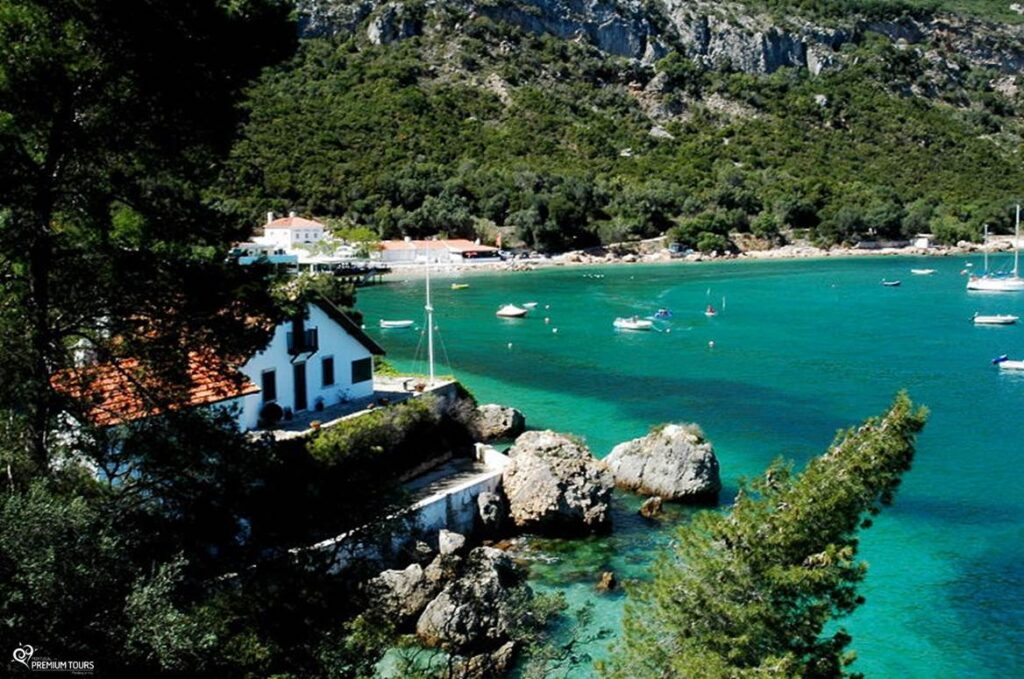
Another nice thing to do on a rainy day during your stay in Lisbon is to cross the Tagus River and explore Setúbal. Setúbal is only a 45 minute drive south of Lisbon (you can also reach it by train). Things to do in Lisbon.
Setúbal is one of the biggest cities in Portugal and is a rising tourism destination, mainly because of the large scope of things to do in the Setúbal Peninsula. Things to do in Lisbon.
Setúbal has several churches, fortresses and monasteries that are worth a visit. Our favorite is the “Santa Maria” Fort, located in the idyllic Portinho Arrábida, overlooking the Atlantic.
This Fort was built in 1670, by order of King Pedro II, to protect the coastal zone, is surely worth a visit. This Fort has recently been turned into the local Oceanographic Museum and a center for marine biology, part of the Arrábida Natural Park. Things to do in Lisbon.
If the weather is actually OK, there are several things to de in Setúbal departing from the harbour of Setúbal. In fact, there are many boat tours from Setúbal. Most of the boat trips are related to dolphin observation since there is a pod of friendly bottlenose dolphins that are resident in the Sado River (Natural Park).
Setúbal is a great eating destination! The Setúbal Peninsula is a true sanctuary of flavors, where the local gastronomic secrets are shared on every street corner in authentic local restaurants where the sea is present everywhere.
In Setúbal, we tasted the best fish dishes and shellfish from Portugal. Some typical local dishes include “Choco frito à Setubalense” (Fried cuttlefish) and romantic Natural Oysters. If you’re not fond of fish and wine, you won’t be disappointed by the meat meals and local beers.
To find out more about Setúbal, please check a more detailed article about things to do in Setúbal here.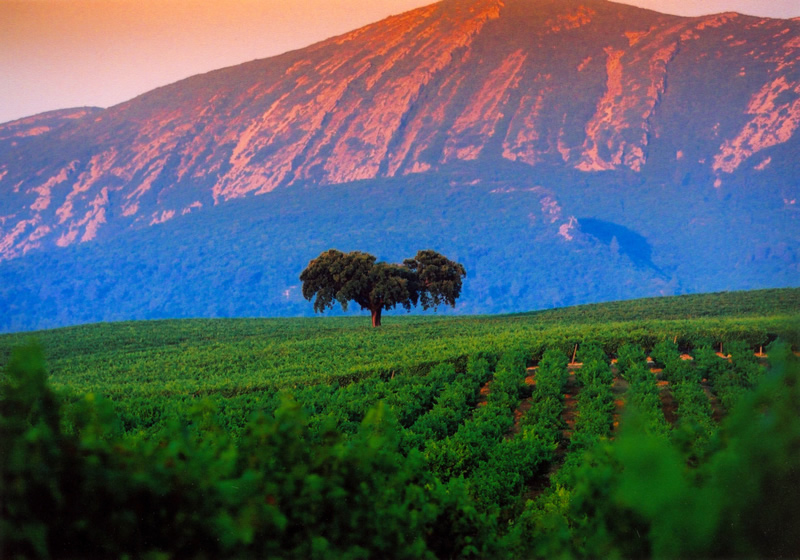
So, if you were still doubting about whether you should or not go for a holiday break during this fall, we hope we convinced you.
Book your flight and stay in Lisbon now and if you’re looking for a kind of activity that is not listed here or need some further tips, please feel free to give us a call and we’ll do everything to help you! Things to do in Lisbon.
Happy fall!
